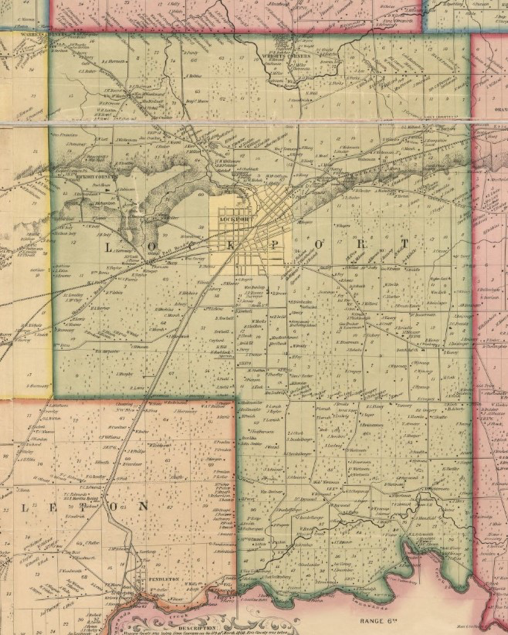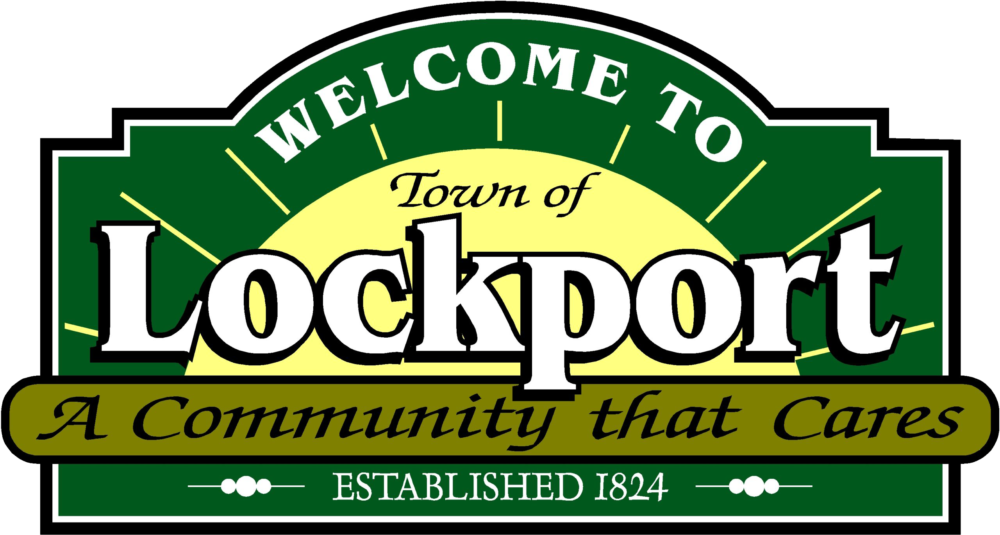Town Historian
The mission of the Historian’s Office is to preserve and share the history of the Town of Lockport. Contact the Historian to set up a research appointment or site visit.
If you have any historic documents, photographs, or artifacts that you would be willing to donate or loan, please contact the Historian. We can scan your images into archival digital files, so you can keep the originals.
The office is located in the historic Chestnut Ridge or District 3 School. It was built circa 1843 and was used as a school until 1956. Later it was used as a polling station for local elections.
Town History
The Town of Lockport was incorporated February 2, 1824, when it was split from the Town of Cambria and Royalton.
Being part of the Erie-Ontario lowlands, there is a variety of soils that enable the growth of excellent fruits and vegetables which helped attract settlers.
Early settlers came from many countries such as England, Scotland, Germany, Ireland and Italy, often following Indian trails. Many of these became roads in the 1800s and were often named after residents. Our best known road is Transit Road; it began in 1798 as an 800 foot wide corridor along the western edge of the Holland Land Survey. It ran from the Pennsylvania line to Lake Ontario, a distance of ninety two miles, and was the first of three toll roads in the town.
The history of the Town of Lockport changed radically when this area was chosen as the place where the Erie Canal would ascend the escarpment. In 1825, when construction of Lockport’s section of the Canal started, there was a tavern on Niagara Road at Cold Springs, which was then the western terminus of the Canal. It also served as a stop for the mail on the way to Lewiston.
The original canal was twenty feet wide and four feet deep, limiting the size and number of boats used. It has been enlarged twice; first in 1860, then again in 1909. Today, however; there is little commercial traffic, but it has become a favorite recreational attraction. The towpath is frequented by fishermen, bicyclists, walkers, and runners.
At one time, there were several railroads running through the town, and even a trolley line which ran from Buffalo to Olcott on Lake Ontario.
Education has been an important part of our town, and before school district consolidation in 1956, there were sixteen schoolhouses located within the town. The District 5 School, affectionately known as the Pomeroy School, is home to the Town of Lockport Historical Society.
The Transit Road area, which used to be choice farmland, is now the commercial corridor of the town.
Many of the town’s hamlets were originally post office districts. Wrights Corners, in the northern section of town, was named after early resident Solomon Wright. Hickory Corners’ post office was managed by Daniel Pomeroy. Warrens Corners received its appellation from Ezra Warren, who kept a tavern in the area. Rapids, in the southeast part of the town on Tonawanda Creek, was named after the creek’s features in this locale. Raymond was named after early settler Edmund Raymond and his family.








Town Historian
Jean Linn
Telephone: 716-438-2159
Email: jlinn@elockport.com
Hours: By Appointment
Historian’s Office / Chestnut Ridge School
7142 Chestnut Ridge Rd
Lockport, NY 14094
*Note: The address above is only for directional purposes.

Mailing address:
Town of Lockport
6560 Dysinger Rd
Lockport, NY 14094
Email Us >>
